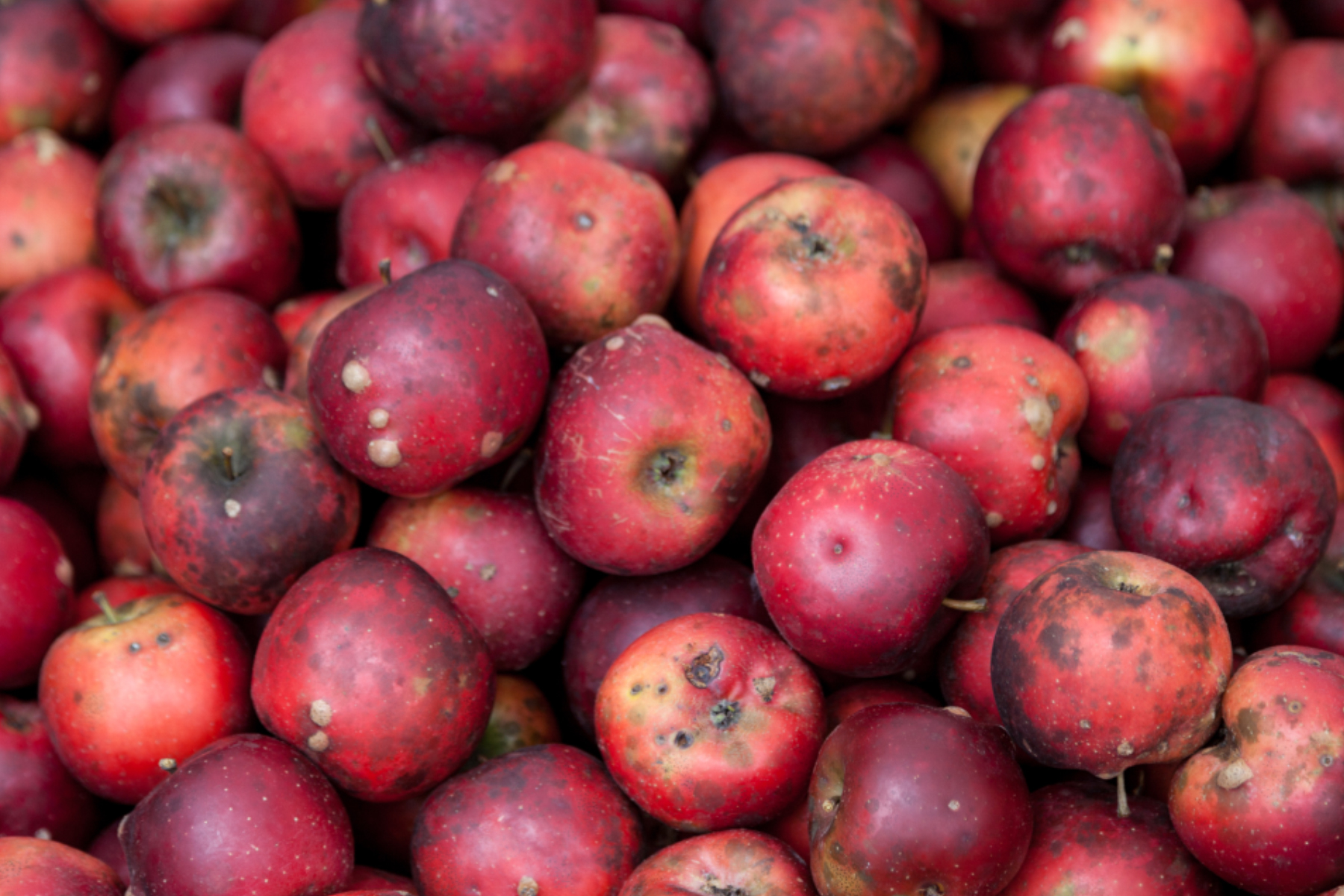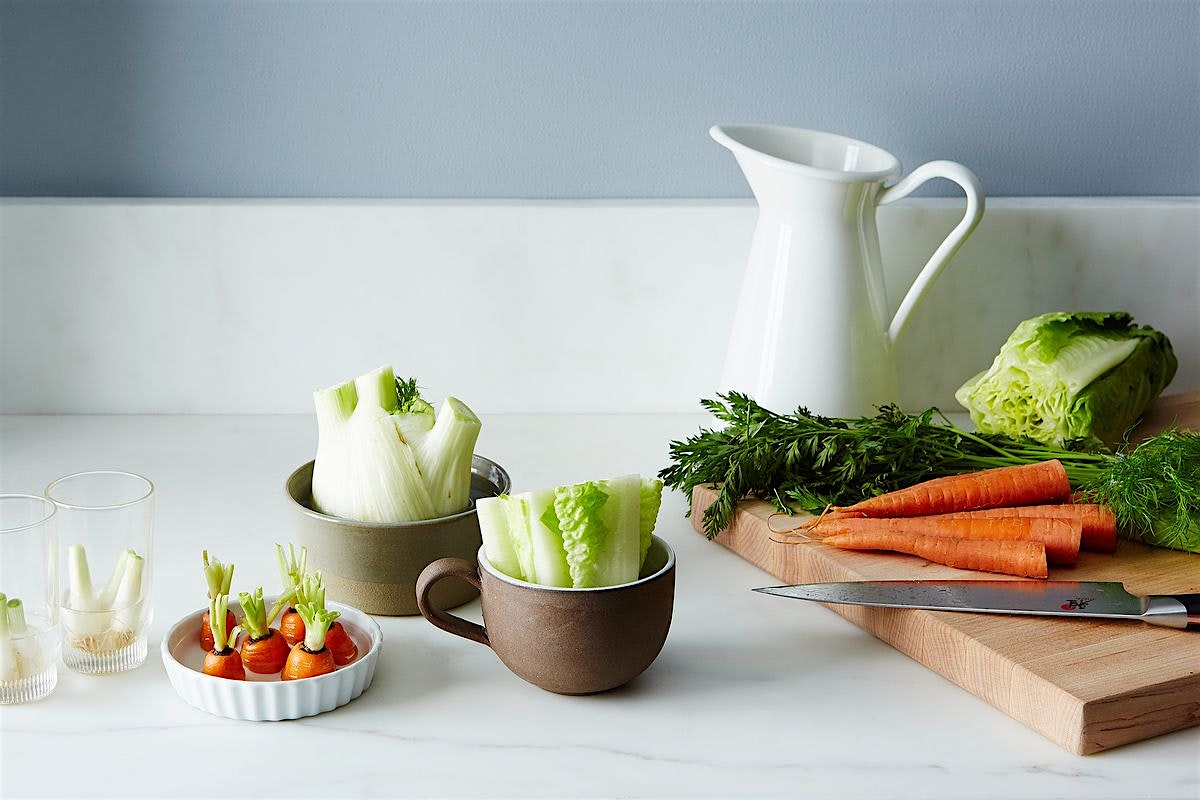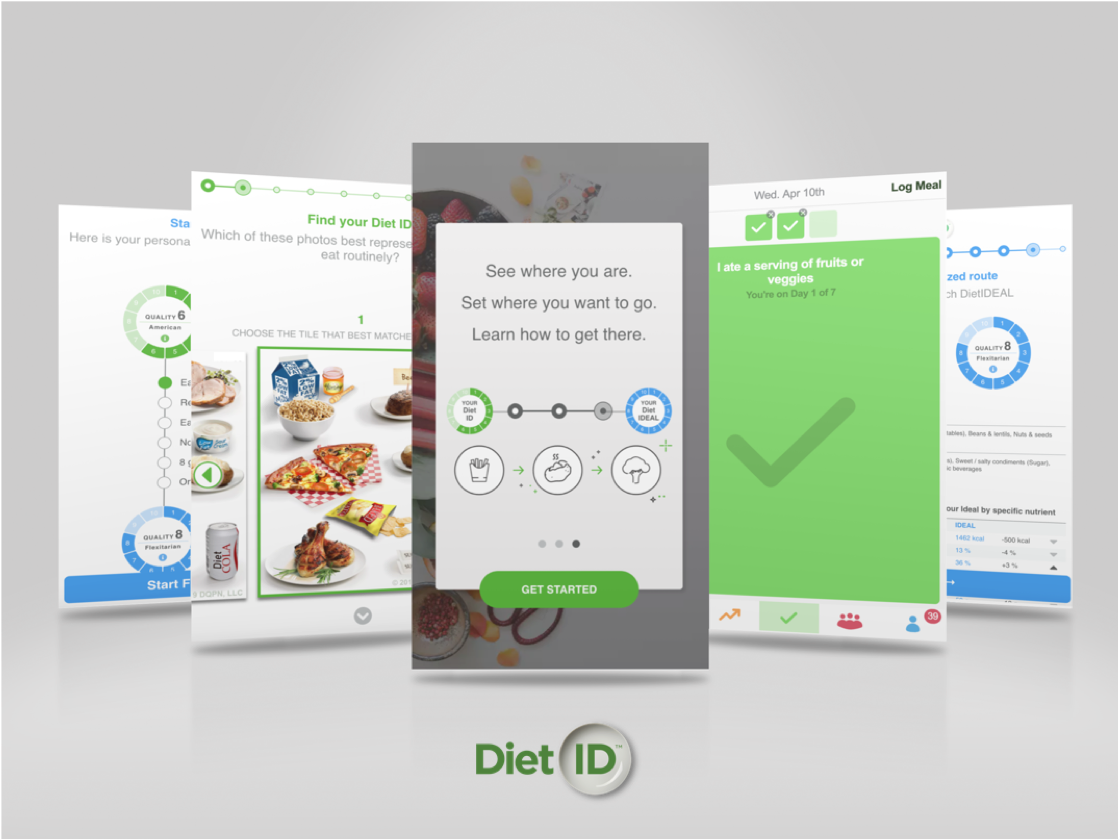
Photo by Summer Rayne Oakes
 This post was written by Emily Summerlin, an Ambassador for Foodstand, a community aiming to build a more informed community around good food and to bring good eating choices to all. Here she covers the food waste epidemic, including background on and implications of the issue, the release of the ReFED Roadmap to Reduce US Food Waste report, and Foodstand’s #NoFoodWaste campaign.
This post was written by Emily Summerlin, an Ambassador for Foodstand, a community aiming to build a more informed community around good food and to bring good eating choices to all. Here she covers the food waste epidemic, including background on and implications of the issue, the release of the ReFED Roadmap to Reduce US Food Waste report, and Foodstand’s #NoFoodWaste campaign.
The United States “spends $218 billion a year, or 1.3% of GDP, growing, processing, and transporting food that is never eaten.” Put simply by Sam Kass, NBC’s Senior Food Analyst, “that is insane.”
In addition to the huge economic costs this problem incurs for the United States, this is tragic not only in the sense that one in seven Americans is food insecure, but also in that this wasted food emits a harmful stream of greenhouse gases as it decomposes in the landfill, further contributing to global climate change. It is incomprehensible that this issue, so monstrous and detrimental to our economy and human and environmental health, has only recently emerged into the mainstream spotlight and found its way into the consciousness of American eaters, largely thanks to a segment on John Oliver’s Last Week Tonight last summer.
Fortunately, this momentum has kept the food waste epidemic in the spotlight, with a number of new organizations and campaigns focusing on redistribution of would-be wasted food popping up all over the world. The World Resources Institute and the UN Food and Agriculture Organization recently completed a study highlighting the countries leading the fight against food waste; the Love Food Hate Waste campaign in the UK serves to raise awareness about the need to reduce food waste and to help consumers take action; and Imperfect Produce in the San Francisco Bay Area delivers ‘ugly produce’, fruits and vegetables that don’t fit grocery stores’ cosmetic standards, to consumers. These are just a few examples of actors on all scopes and levels presently making a difference in the sweeping worldwide movement to end food waste.
Additionally, one of the more notable publications in the space is the recent release of ReFED’s Roadmap to Reduce US Food Waste, a comprehensive report laying out the plan to reduce the United State’s food waste by 20% through a number of feasible, cost-effective, and scalable solutions. The report boasts a new approach to looking at the food waste issue as the first comprehensive report to examine the food waste problem and lay out solutions using economics and data analysis.
The basics of the strategy and actions the report lays out are organized under the four pillars of education, policy, innovation, and financing. Without getting too into the weeds, the bottom line finding after the extensive research and modeling that went into the creation of the report is that “an $18 billion investment in 27 solutions to reduce US food waste by 20% will yield $100 billion in net societal economic value over a decade,” a figure that includes tons of food recovered, gallons of water saved, business profit, consumer savings, tons of greenhouse gas emissions reduced, and jobs created.
One key image in the report is a curve laying out 27 solutions ranked by their potential impact vs. cost in three categories: prevention, recovery, and recycling. The solutions that came out on top for greatest economic value per ton were standardized date labeling, consumer education campaigns, and packaging adjustments; while the solutions with most diversion potential were centralized composting, centralized anaerobic digestion, and water resources recovery facilities with anaerobic digestion. While the solutions with the most diversion potential do require a large amount of planning and capital investment, the diversion that will come from consumer education campaigns is substantial.
This means that as individuals, we can take action right now and make a huge difference. At present, 43% of food waste occurs in homes, which equals 27 million tons of food wasted each year. Hopefully as a result of the report’s findings, date labeling laws and consumer education campaigns will begin rolling out soon, but right now it is in the consumers’ hands to educate ourselves and do everything we can to reduce food waste in our own lives.
The first step in doing this is to change our attitudes about food waste, and think instead in terms of wasted food. The word “waste” implies something old, useless, and without value, but the 63 million tons of food being wasted in the U.S. are perfectly edible, nourishing, and delicious. There are numerous resources that provide tips on smarter grocery shopping and how to cook with parts of fruits and vegetables you normally wouldn’t utilize. One such resource is Foodstand’s #NoFoodWaste campaign that the community is centering around for the month of June. The campaign encourages Foodstand users to post their best tips, recipes, and news regarding food waste reduction throughout the month, and serves as a great source of inspiration for taking action to be a waste-free consumer and finding creativity in the kitchen.
Instructions for making agua fresca with fruit just past its prime from food writer @JenniferEmilson

A ‘Behind the Plate’ interview with Keith Carr, City Harvest’s Healthy Neighborhoods Manager by Foodstand team member @annefood

A recipe for roasted broccoli stem and fennel soup from food writer @munchiemummy

A tip on regrowing veggies from their scraps with just sunshine and water from @SallyRogers of Nibble market

In addition to making changes to your own shopping and cooking habits, look for organizations in your area that focus on fighting food waste through food recovery, either through saving “ugly” produce from rotting in the field or by facilitating donations to food banks. Acting on these individual solutions will enable us to in turn scale up the solutions as a society and touch on the three pillars of the solution that ReFED lays out beyond education: policy, innovation, and financing. Food waste is a truly pervasive issue that not only affects our environment and communities on multiple levels, but on the positive side presents numerous areas for improvement and avenues for taking action.








